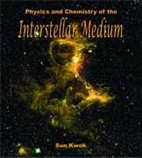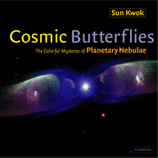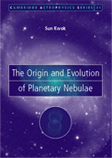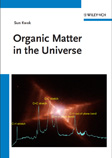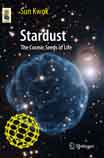Views
My own view of Pluto's status as a planet, based on my interviews given to CNN international on August 24, 2006 and to the South China Morning Post on September 4, 2006
The decision of the International Astronomical Union to remove Pluto from the list of planets was a surprise to the general public. Students have been taught since elementary school that the solar system has nine planets. While many people can accept the idea of new planets being discovered, most have difficulty understanding why Pluto, which has been designated as a planet for 70 years, could lose this status.
However, this development did not come as a surprise for professional astronomers, who have known since the discovery of the first Kuiper Belt Object in 1992 t that Pluto is much more similar to Kuiper Belt Objects than to the other planets.
This also did not come as a major surprise to other scientists, who are accustomed to objects being re-classified into different categories as their properties become better-known. For example, there have been many changes in the classification of living things over the years; the last major change occurred as the result of using genomic techniques for classification.
For thousands of years, our ancestors knew of five planets: Mercury, Venus, Mars, Jupiter and Saturn. Planets were defined as objects (other than the Sun and the Moon) that move at a fast rate across the sky from day to day. They are different from the thousands of stars in the sky which only change their rise and set positions by a small amount each night. About five hundred years ago, after the heliocentric model of Copernicus was accepted, we realized that the Earth, instead of occupying a special place at the center of the Universe, in fact is no different than the other five planets. Earth was accepted as a planet, and the number of planets in the solar system changed from 5 to 6. There was no observational discovery of a new object, only a re-interpretation of known observational facts. Accordingly, planets were re-defined as objects that revolve around the Sun and reflect visible light from the Sun but do not radiate visible light on their own. The definition of a planet therefore changed from one based on apparent motion to one based on physical motion.
The invention of telescopes and careful observing led to the discovery of two more planets: Uranus was found in 1781 and Neptune in 1846. The number of planets changed from 6 to 8. There was no re-definition of planets, although it was later recognized that Uranus and Neptune are physically different (they are icy) from Jupiter and Saturn (gaseous) and from Mercury, Venus, Earth and Mars (rocky). Pluto was discovered in 1930. Although it was designated as a planet, we never would have called it that based on what we know now.
Because of the movement of the Earth around the Sun, stars appear to rise in the east 4 minutes earlier every day, and they appear to drift across the sky over the course of one year. However, from the point of view of the Sun, the stars are not moving. It is for this reason that they are referred to as "fixed stars". Planets are distinguished from stars not only based on their apparent motions in the sky but also on their location. Planets are nearby objects in the vicinity of the Sun, whereas stars are self-luminous objects outside the solar system. Astronomers knew stars were far away, but their exact distances from the Sun were unknown.
In 1838, Friedrich Wilhelm Bessel made the first accurate measurement of the distance to the nearby star 61 Cygni using the parallax method. It turns out that stars are located very far away. The nearest star to the Sun is Alpha Centauri, which is 4 light years away. If we adjust for the decrease in apparent brightness with increasing distance and place the Sun at a distance of light years away, it would look no different from other stars. This proves without doubt that the Sun is a star, our nearest star.
Consequently, the Sun has also lost its special significance. It is no different from any one of the thousands of stars in the sky. Instead of an object in a class of its own, it is one of many stars.
If we have survived the cultural shock of losing the special status of the Earth and the Sun, the former being demoted to a planet and the other demoted to a star, we can accept the demotion of Pluto. Instead of the smallest planet, it is in fact one of the largest among the millions of objects in the Kuiper Belt.
Science is not about fixed facts to be memorized. Science is an evolving subject. We learn and we change. Change is normal and inevitable in science. This is the message that we should send to our students on the topic of the loss of Pluto's planetary status.
Based on my interviews given to CNN international on August 24, 2006 and to the South China Morning Post on September 4, 2006.

